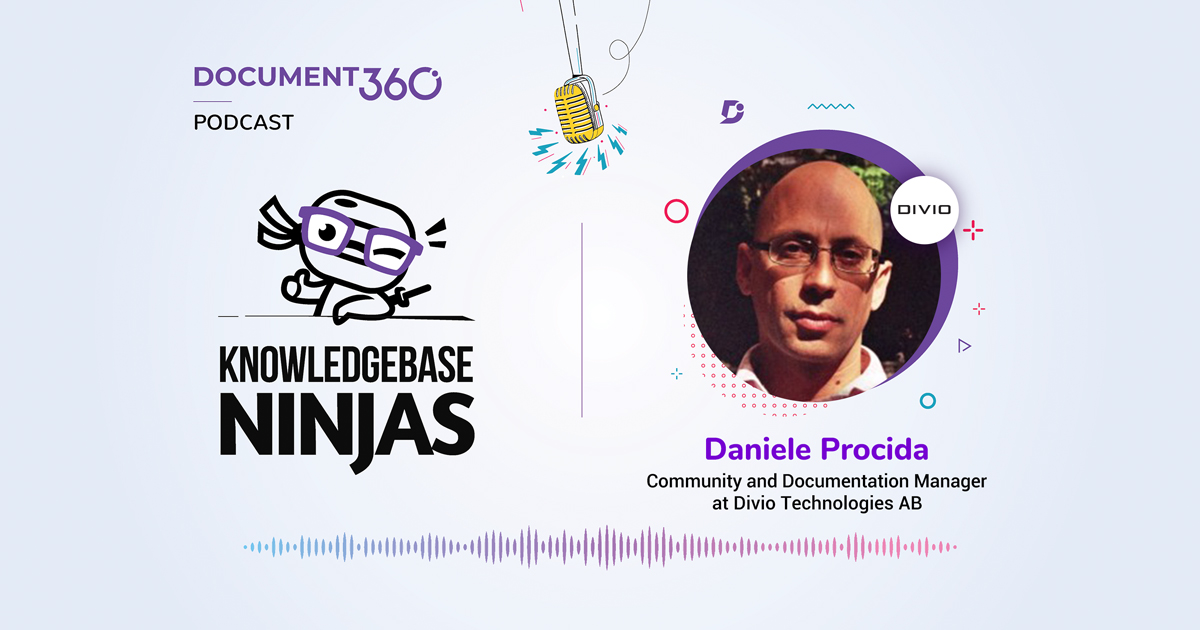Karissa V, Support Specialist at Hotjar joins us to discuss her journey and the importance of user documentation in this episode of Knowledgebase Ninjas.
Connect with Karissa and Hotjar here:
Key Takeaways:
How Karissa shifted from support into documentation
Karissa has been with Hotjar for three years… she saw that no one was owning documentation as a whole. She jumped in and now is responsible for all of Hotjar’s documentation.
Karissa also mentioned that it is useful for the documentation team to sit within support as crucial data can be gathered about which area the team should focus on next. For example, if fifty tickets have been raised about a specific instal process, this is usually a sign that the documentation of the process requires improvement.
Hotjar’s documentation process
Hotjar’s team is separated into squads. Squads contain marketers, project managers, technical resources, customer support and writers.
As a squad is working on a new change or feature, the writer is responsible for then creating the “how to”, FAQ and any other documentation for that feature.
In other technology companies, technical writers may be approached at the last minute to create documentation. This is often not the best process as this new change or feature may also impact other documentation. Hotjar have adopted the “squad” structure to involve all teams, including the technical writers in the feature creation process from day one.
“Know who you’re writing for”
Just as the marketing team will be constantly looking to understand and communicate directly with their desired persona… so should the documentation team.
At Hotjar, a core customer persona is an eCommerce store, and therefore when documentation is created at Hotjar, it is done so with the eCommerce store owner in mind.
Self serve at all costs…
Karissa and the team strive to maximise self serve not just because it reduces the number of tickets raised and therefore also their support costs. But it also improves customer satisfaction as they are able to solve their problem straight away and then move onto their next
The magic of the user documentation audit
During a recent documentation backlog call, the discussion only lasted ten minute when usually it lasts for forty five… why?
Because the Hotjar team recent carried out a full audit of their documentation and removed a number of articles that were either out of date, or were not being consumed.
The ultimate documentation metric?
Self service score: Unique visitors to your knowledgebase / unique number of tickets submitted by end users
Karissa keeps track of this score but also uses Google Analytics to get a broader picture of the quality of their documentation. E.g. if the documentation is getting a high number of visitors but the bounce rate is very high… this is not a good sign.
“Marketing asked us to replace a knowledgebase article!”
During the documentation review, the Hotjar documentation team removed an article that was ranking high on Google for a relevant search term… the marketing team quickly reached out to ask them to restore it! The support team have since been given access to Google’s Search Console to enable them to track this going forward.
Karissa says that working with marketing to understand the organic reach of your documentation is crucial for any SaaS business.
Karissa’s favourite documentation related resource:
- Designing Connected Content by Carrie Hane and Mike Atherton




 –
– 

